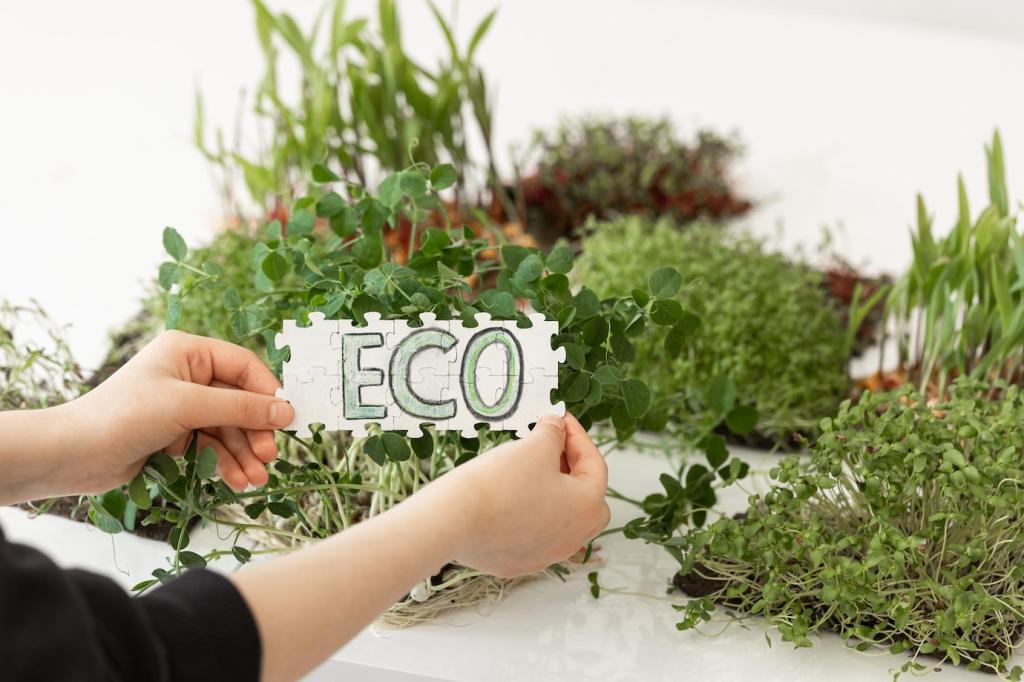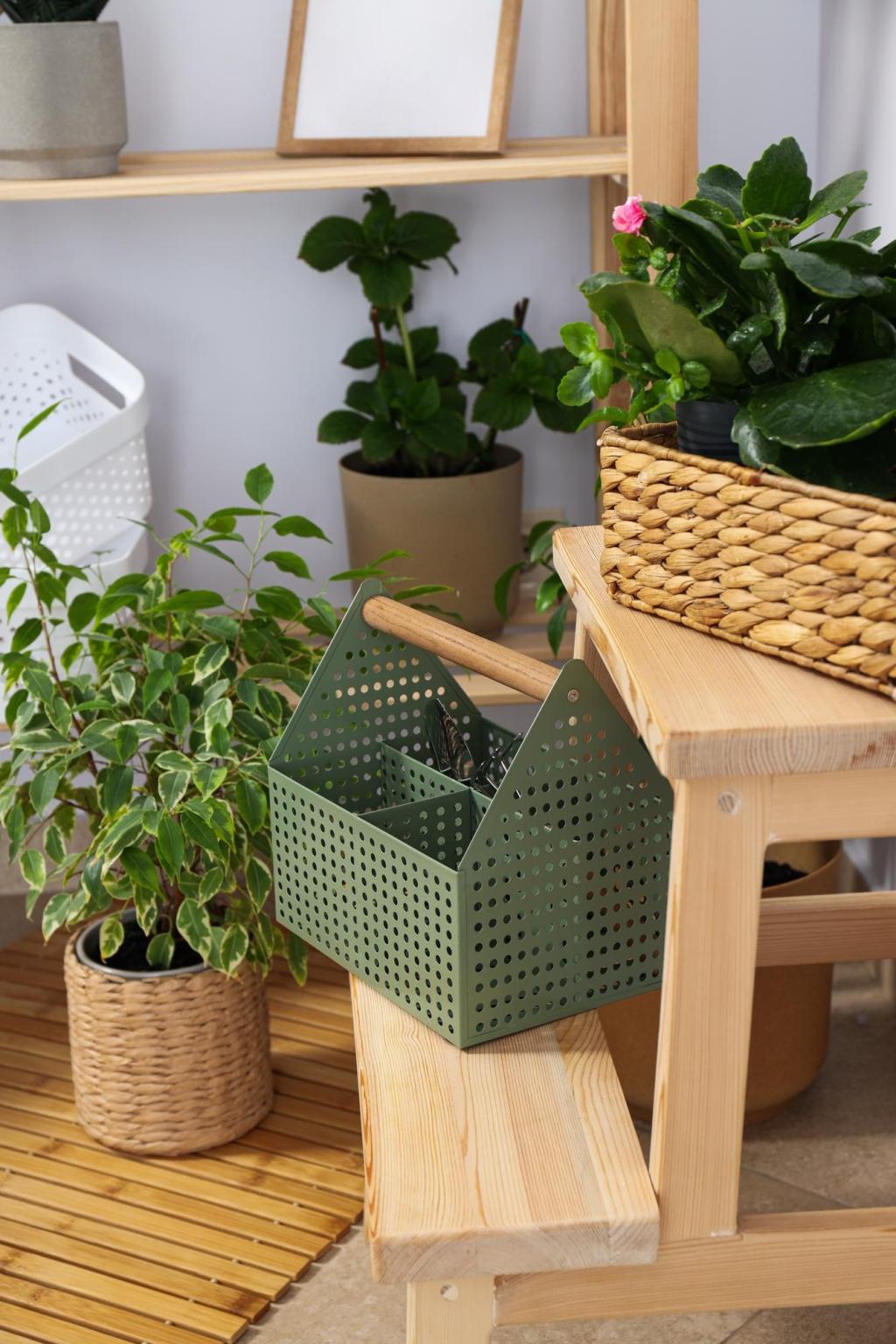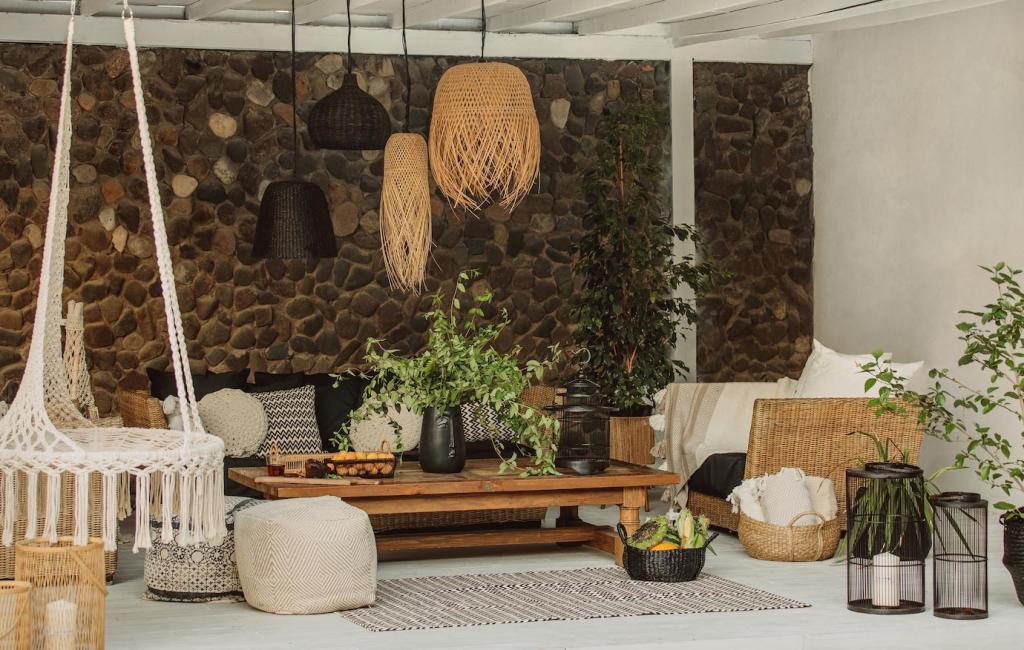Plant Selection for Vertical Success
Sun angles, reflected heat, and wind tunnels shape plant survival. Use simple lux readings and handheld anemometers to build a microclimate map. Share your mapping techniques and how they guided species placement, from shade-tolerant ferns to tough, wind-leaning grasses.
Plant Selection for Vertical Success
Evergreens provide dependable coverage, while perennials and annuals add color and scent. Many designers mix both for year-round presence. What ratio worked for you in green wall systems and materials planning? Post photos and notes about seasonal transitions that delighted your community.



